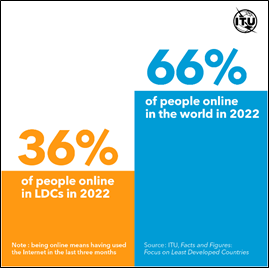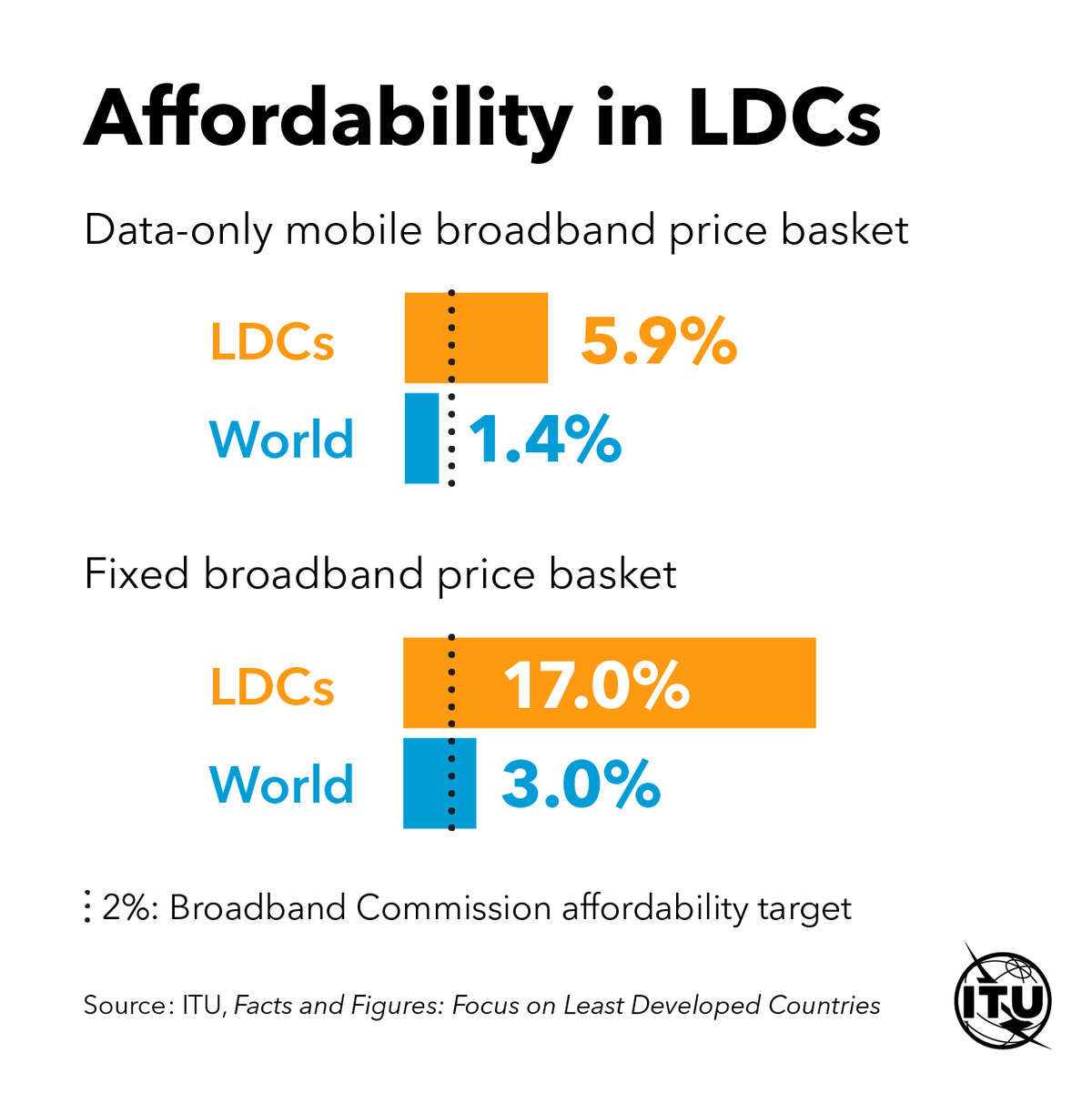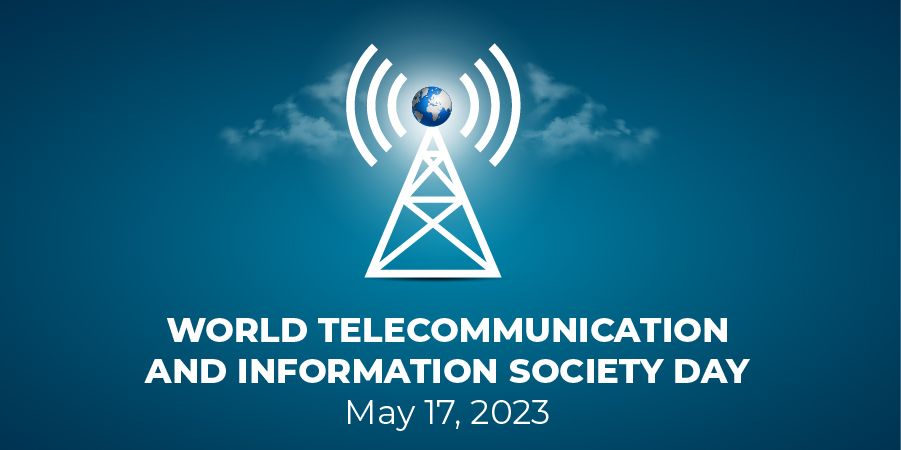In 2022, 720 million people remained offline in the least developed countries (LDCs), with an estimated 407 million using the Internet. Considering LDCs as the world’s greatest untapped resource with needs that must be addressed to fulfill the UN Sustainable Development Goals (SDGs) by 2030, the World Telecommunication and Information Society Day (WTISD) 2023 focuses on “empowering the least developed countries through information and communication technologies.”
Annually celebrated every May 17th to commemorate the establishment of the International Telecommunication Union (ITU) and the signing of the first International Telegraph Convention, WTISD 2023 sheds light on how these countries are still facing daunting challenges, particularly in the digital divide, and what can be done — from national to international actions — to boost LDC connectivity.
Least Developed Countries (LDCs)
To define, the LDCs listed by the United Nations exhibit the lowest indicators of socioeconomic development across a range of indexes such as nutrition, health, school enrollment and literacy as well as high scores for economic and environmental vulnerability (e.g., remoteness, exposure to natural disasters, etc.).
Currently, there are 46 LDCs, the vast majority of which are in Africa (33) and the rest in Asia and the Pacific (12) and the Americas (1). Taking this into consideration, investments in these young, vibrant countries can drive sustainable growth for generations.
“We are committed — now more than ever — to help LDCs on their journey to advance sustainable digital transformation,” said ITU Telecommunication Development Bureau Director Cosmas Luckyson Zavazava.
The Existing Digital Divide
2023 is a promising year for driving digital transformation in the least developed countries. Efforts to close the digital divide have been extensive worldwide, one example of which is SDG Target 9c, where two targets aim at increasing connectivity in the LDCs within 2020. The parameters include at least 95% mobile broadband coverage and affordable mobile data prices that do not exceed 2% of monthly income.
Out of the 46 LDCs, only Bhutan and Bangladesh met both targets within the 2020 timeframe.

Having said that, the world’s least developed countries are threatened by a widening digital divide. While the number of people online in LDCs has increased since 2011, from 4 to 36% in 2022, about two-thirds of the LDC population remains offline. In 2022, Haiti’s Internet usage stood at 53%, while in the Asia-Pacific region, it was 43% and in Africa, the average was 28%.
“The path to prosperity for the world's least developed countries runs through digital development," said ITU Secretary-General Doreen Bogdan-Martin.
Additionally, the cost of accessing the Internet is more expensive in LDCs than anywhere else in the world, making it challenging for individuals and communities to get online. According to ITU, the price of a 2 GB monthly allowance in a typical LDC amounts to almost 6% of the average income — around four times the typical world price of 1.4% — while the fixed broadband price disparity is bigger with LDCs at 17% and the world price only at 3%.
In line with this, in 2022, the average international bandwidth usage per Internet user in LDCs was 38 kbit/s, about one-sixth of the global average of 233 kbit/s.

The latest ITU analysis, published in March 2023, also revealed that universal and meaningful connectivity remains a distant prospect for LDCs based on aspirational targets. Despite that, as of 2022, almost half (48%) of young people (15- to 24-year-olds) in LDCs were online, which means that the workforce will become more connected and technology-savvy and could improve the development prospects of LDCs moving forward.
Doha Programme of Action
To ensure that these 46 countries can accelerate development sustainably, during the Fifth United Nations Conference on the Least Developed Countries (LDC5), they tackled specific initiatives and concrete deliverables to address LDC-specific challenges.
It concluded with countries adopting concrete measures to implement the ten-year plan of the Doha Programme of Action (DPoA), which aims to renew and strengthen commitments between LDCs and their development partners. This will promote the transformation and unlock the potential of LDCs and be a game-changer for the world’s most vulnerable countries.
Entering the decade of action to deliver the SDGs, the full implementation of the DPoA will include six key focus areas: eradicating poverty and building capacity; leveraging the power of science, technology, and innovation; supporting structural transformation; enhancing international trade; addressing climate change; and mobilizing international solidarity.
An excerpt from the DPoA stated that a “strengthened and inclusive global partnership that effectively addresses the special needs of the least developed countries will contribute to the causes of people, planet, peace, prosperity, partnership and sustainable development for all.”










